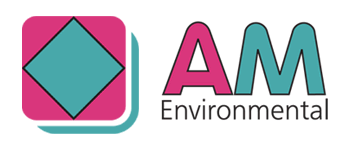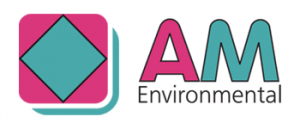During the first pilot, corporate clothing specialist Schijvens developed a yarn that consists of 50 percent recycled textile – comprising 30 percent post-consumer textile and 20 percent textile waste – 50 percent recycled polyester from PET bottles.
Schijvens recovered 100,000 items of worn work wear from clients that were sorted in The Netherlands. They were shipped to Turkey where they were shredded, then mixed with cutting waste and recycled PET create a new yarn, and then went to Pakistan where a new work wear was made.
The European Clothing Action Plan progress report points out that to achieve cost efficiency, a fragment and vast geographical process had been undertaken. Many other participants in the pilots acknowledge that the transport required and the long supply chains, which ensure lower labour costs, have an environmental impact.
The report also acknowledges that the government could do more to stimulate demand could do more to sustainable clothing and help by reducing, or eliminating, important tariffs on worn textiles, which contribute to overall cost.
Taken from: ciwm-journal.co.uk
February 2019

